|
So after two weeks talking about CC licenses that do not allow derivatives, I’m still confused. I even read the CC ND license information, both the for humans and for lawyers part, it did not clarify a lot. So I decided to make a game called “Is It Derivative.” To play with my class. I know the answers to some of these, and others I have no clue on. So I want to get their opinions. I plan to update this blog once I know all of the correct answers.
To play the game, one must pretend that all of the images or text on the left are licensed with a CC ND license, then decide if the creation on the right can be legally shared with others or must remain part of a private collection. Here are the slides for the game. Note: I do not have rights to any of the images used in the slides, except for the “Is It Derivative” logo, which I might not be able to claim rights to anyway, due to maybe being derivative. https://docs.google.com/presentation/d/1FP6XLAu7tKv95iA5m1ixRxwCnPmedOC2EOBac3Yk4tg/edit?usp=sharing
0 Comments
We had a really good discussion in class this week about how CC Licenses seem like great ideas, so why wouldn’t someone want to use them. The primary reason would be that people want to make money off of their created works. However, barring that reason it is hard to understand why someone wouldn’t use a CC License. I did some digging and found this article from a 2016 Small Business Trends website. It listed 5 expensive reasons not to use CC Licenses, but some of the reasons seemed to be based on some misconceptions or alterations of truth. We discussed these in class, and I decided to make a simple poster that summarized our conclusions about the misconceptions. Here is the poster. 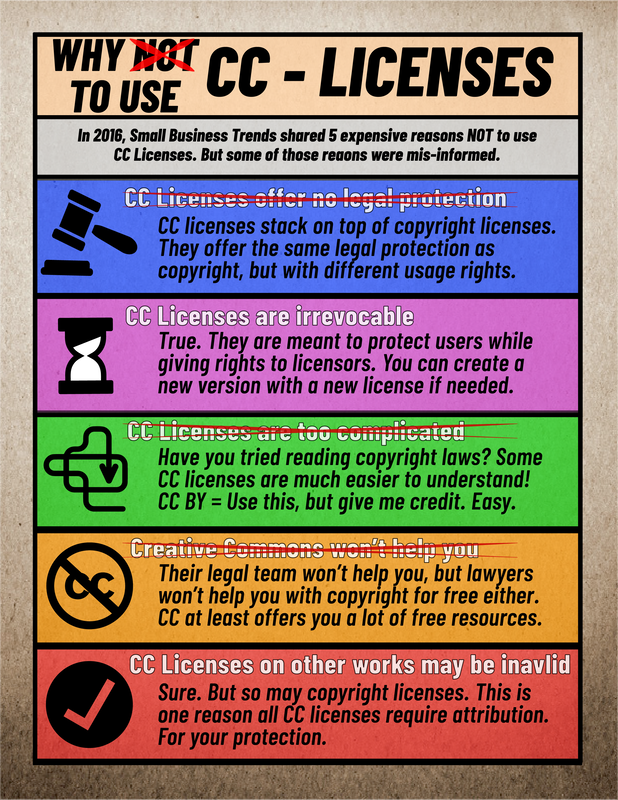 The above image, “Why to Not NOT Use CC Licenses” by Cecil R. Short is licensed under a Creative Commons Attribution 4.0 International License. Some of the icons in the image are from the Noun Project. Gavel, Created by Scott Dunlap, from the Noun Project, using a CC BY license. Hourglass, Created by Creative Stall, from the Noun Project, using a CC BY license. Complex, Created by Marie Van den Broeck, from the Noun Project, using a CC BY license. I have to admit that the more I learn about copyright the more frustrated I seem to become with it. I used to think that copyright wasn’t too overbearing, it just lasted too long. However, the more I learn about the restrictions that copyright places on use, even fair use, the more ridiculous copyright laws seem to be. The most infuriating thing I learned this week about copyright is the ways in which new copyright laws impact Fair Use. Fair Use is the idea that even though a work may be copyrighted, that copyright has certain holes in it that allow for people to freely use the work under certain conditions. James Boyle, in his book The Public Domain compares this view of copyright to swiss cheese, and reminds us that “that the holes matter as much as the cheese” (2008, p. 65). I think this is a good metaphor because these these holes were not removed in order to save some pieces of the cheese for others. Rather the holes exist in the very making of the cheese. Likewise, when copyright is enacted to restrict use of material, it automatically has some holes in it that allows some uses to slip through. These fair use “holes” allow for the following free uses of a copyrighted work … or at least they did until 1998 and the Digital Millennium Copyright Act (DMCA). 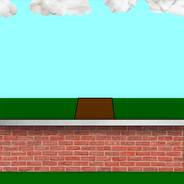 The Swiss Cheese Metaphor no longer works in the world of the DMCA because the DMCA found a way to restrict fair use. So I present another metaphor, one of traveling down a path. Copyright creates a monopoly over the path (the resource) that someone would like to use. This means that if I want to go beyond the wall of a copyrighted work I have to pay for access to it.  Luckily, fair use says that I can have access under the circumstances previously listed. This opens the wall and gives me a road to travel down, so long as I don’t leave the road. However, that changed with the DMCA. Under the DMCA, I can only use the road IF THE ROAD IS UNPROTECTED. If the owner of the copyright has taken measures to protect that road, usually through some kind of encryption, then I cannot use the road. And it doesn’t matter how easy or difficult it is to get past the protection, if the protection is there, then fair use of what lays beyond it is restricted. The Authors Alliance explains it this way: “In 1998, Congress enacted the Digital Millennium Copyright Act (the “DMCA”), which includes a provision, Section 1201, that makes it illegal to circumvent technological protection measures (like digital rights management, or “DRM”). Section 1201 makes it incredibly difficult for authors to make fair use of many digital works because breaking the DRM may be illegal, whether or not the use is fair. For example, if an author were to create an e-book that commented on a video clip from another work, the author might not be able to rely on fair use to incorporate a copy of the DRM-protected video clip in his or her work.” (Read the rest at https://www.authorsalliance.org/2018/03/02/fair-use-and-the-digital-millennium-copyright-act/) So, regardless of whether there are many strands of razor wire … … or only a single, easily clipped strand of razor wire, if a copyright holder has taken any precautions that protect their digital media, then that media cannot be considered fair use. I believe we need to get back to allowing the fair use freedoms that are intended to be included with copyrighted works. Copyright is meant to have holes, we cannot allow copyright holders to say “Sure you are allowed to have access to my work for fair use, but only the parts I want!” Doing so is a restriction of our creative freedoms.
In the modern day, I have heard many arguments about copyright; however, some of the best arguments I have heard come from Thomas Jefferson (1813) and Thomas Babington Macaulay (1841). I have reproduced them below, along with a graphic of Macaulay that summarizes my thoughts on the matter. The Jeffersonian Warning, from a letter to Isaac McPherson, 1813 If nature has made any one thing less susceptible than all others of exclusive property, it is the action of the thinking power called an idea, which an individual may exclusively possess as he keeps it to himself; but the moment it is divulged, it forces itself into the possession of every one, and the receiver cannot dispossess himself of it. Its peculiar character, too, is that no one possess the less, because every other possess the whole of it. He who receives an idea from me, receives instruction himself without lessening mine; as he who lights his taper at mine, receives light without darkening me. That ideas should freely spread from one to another over the globe, for the moral and mutual instruction of man, and improvement of his condition, seems to have been peculiarly and benevolently designed by nature, when she made them, like fire, expansible over all space, without lessening their density in any point, and like the air in which we breathe, move, and have our physical being, incapable of confinement or exclusive appropriation. Inventions then cannot, in nature, be a subject of property. Society may give an exclusive right to the profits arising from [inventions], as an encouragement to men to pursue ideas which may produce utility, but this may or may not be done, according to the will and convenience of the society, without claim or complaint from any body. Accordingly, it is a fact, as far as I am informed, that England was, until we copied her, the only country on earth which ever, by a general law, gave a legal right to the exclusive use of an idea. In some other countries it is sometimes done, in a great case, and by a special and personal act, but, generally speaking, other nations have thought that these monopolies produce more embarrassment than advantage to society; and it may be observed that the nations which refuse monopolies of invention, are as fruitful as England in new and useful devices. Thomas Babington Macaulay, on copyright before the House of Commons, 1841 We must betake ourselves to copyright, be the inconveniences of copyright what they may. Those inconveniences, in truth, are neither few nor small. Copyright is monopoly, and produces all the effects which the general voice of mankind attributes to monopoly … I believe, Sir, that I may safely take it for granted that the effect of monopoly generally is to make articles scarce, to make them dear, and to make them bad. And I may with equal safety challenge my honorable friend to find out any distinction between copyright and other privileges of the same kind; any reason why a monopoly of books should produce an effect directly the reverse of that which was produced by the East India Company’s monopoly of tea, or by Lord Essex’s monopoly of sweet wines. Thus, then, stands the case. It is good that authors should be remunerated; and the least exceptionable way of remunerating them is by a monopoly. Yet monopoly is an evil. For the sake of the good we must submit to the evil; but the evil ought not to last a day longer than is necessary for the purpose of securing the good. I understand the necessity of copyright for protecting the creative works of authors, designers, etc. Yet, authors no longer benefit from such protection after their death, much less 70-95 years after their death. Current copyright extends much beyond a “day longer than is necessary.”
I am excited to be taking an Introduction to Open Education Resources this semester led by the amazing Dr. David Wiley and Olga Belikov. As part of the course we have been asked to create some kind of artifact to share every week by Thursday afternoon that illustrates what we have learned. My artifact this week was inspired by a post one of my best friend’s made on social media this week. The post had the following comic with a caption that read “The great millenial bamboozle.” What I have learned during the first week of this OER course is summarized by these points.
1) Education is the act of sharing. They are synonymous. Education is what happens when one person or source shares ideas with someone else. 2) Copyright laws have made it difficult to share ideas in order to educate people because we live in a society in which the inner two-year-old in us (or the inner Finding Nemo seagulls) often win out over our generosity by loudly yelling “MINE! MINE! MINE!” and once ideas are written down or represented in some way, the artifact containing those ideas becomes the intellectual property of its creator. 3) Creative Commons licenses or Open licenses allow us to increase our own generosity by providing others with easy access to our created works, i.e., the representations of our ideas, and allows other to Retain, Revise, Remix, Reuse, and Redistribute those ideas. and 4) Ideas are not private goods, but public goods. Once I share my idea with someone else, I do not lose access to that idea. However, when I print my idea in a book, the book becomes a private good where only one person can access that copy of the book at a time. This allows us to commercialize education instead of making education open and shareable. Digital technologies and the Internet make it easier for use to create representations of ideas that are and remain public goods. With these ideas in mind, I thought of the comic above and education seemed to become this kind of abusive relationship where ideas are only shared if there is some kind of give-and-take. Usually manifesting in “I will share my ideas with you if you give me your money.” OER make this relationship more generous by encouraging ideas to be shared openly without the need to give something in return. I therefore present “Be Open: In Support of OER” a comic. |
About
This blog presents thoughts that Cecil has concerning current projects, as well as musings that he wants to get out for future projects. For questions or comments on his posts, please go to his Contact page. Archives
April 2024
Tags
All
|
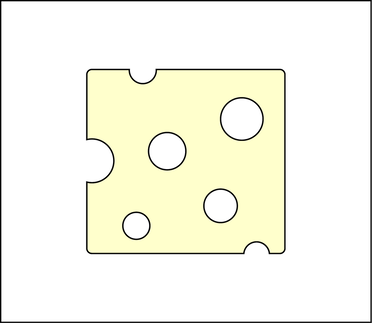
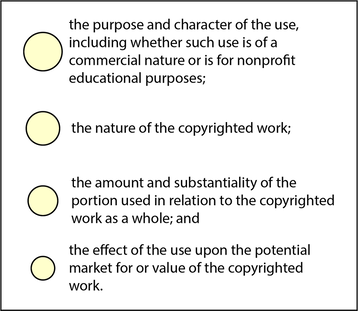

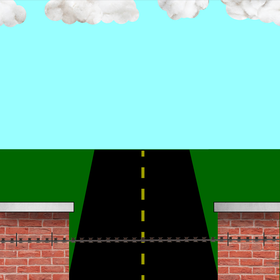
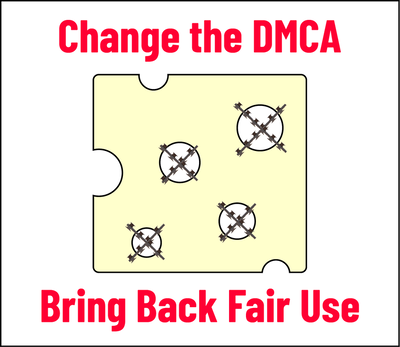
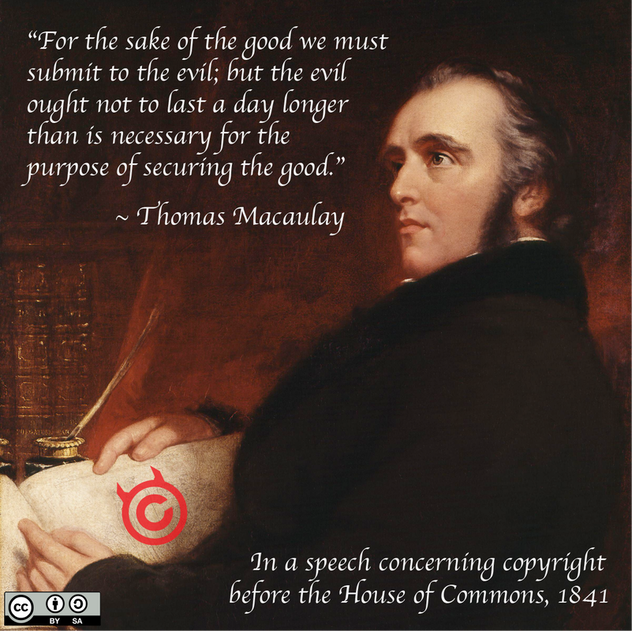
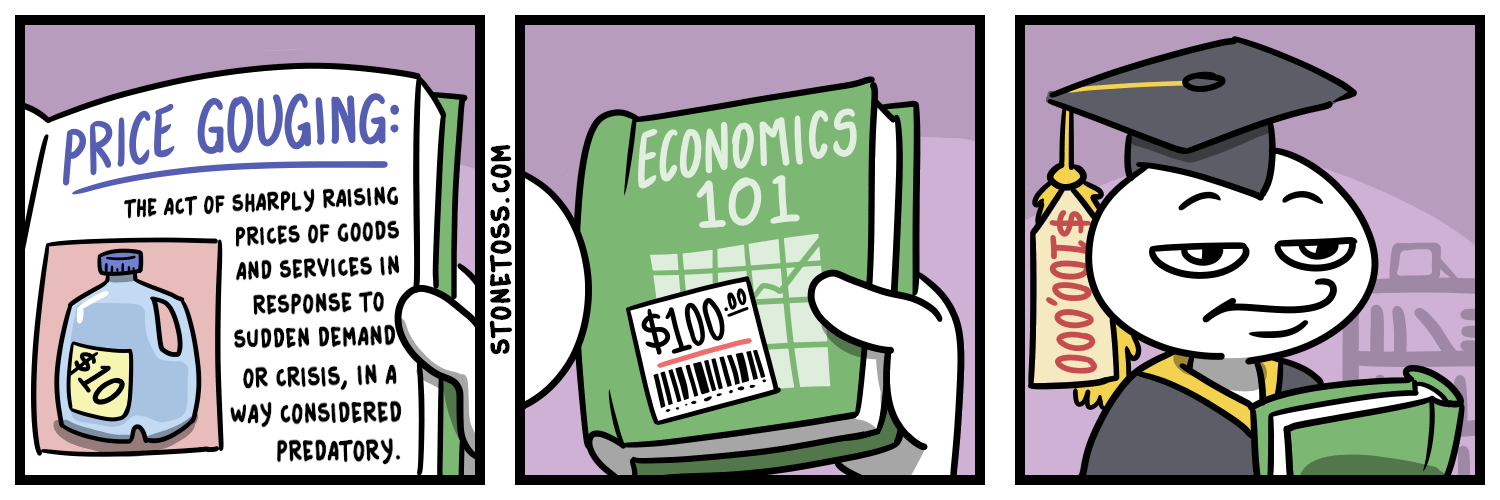
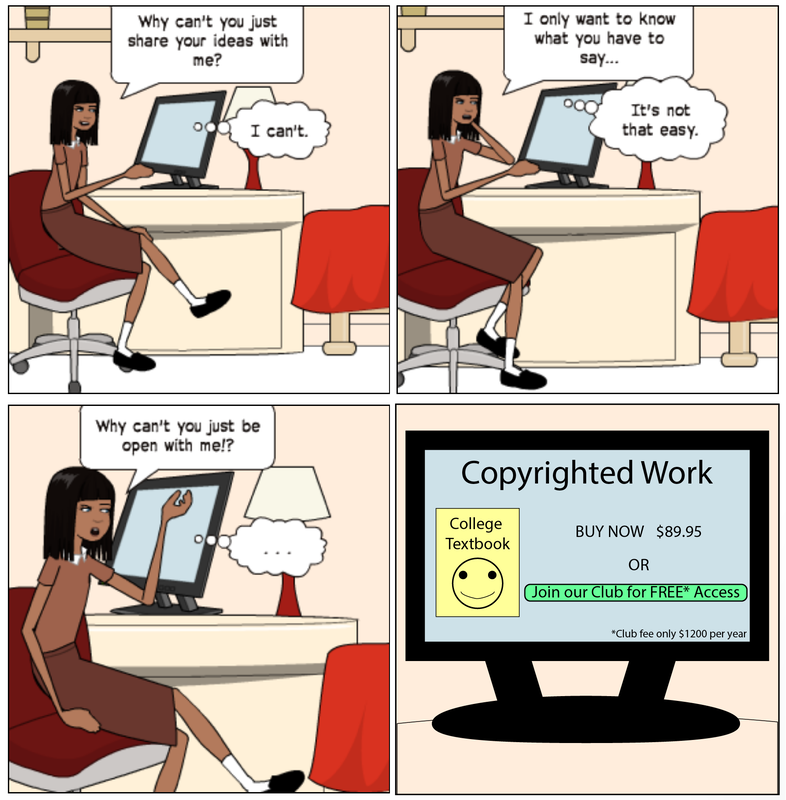
 RSS Feed
RSS Feed
